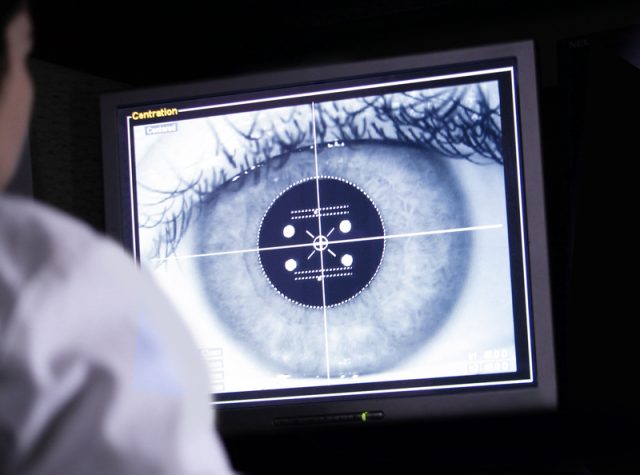
Vision loss can drastically affect one’s quality of life, and traditional treatments often focus on symptom management rather than addressing the root causes. Gene therapy, an emerging field in medical science, offers promising potential for long-term solutions, particularly for genetic eye disorders.
What is Gene Therapy?
Gene therapy involves inserting or repairing genes within cells to treat or prevent diseases. For vision loss, this approach targets genetic mutations in the eye that lead to blindness or impaired vision. By delivering a functional gene to replace a faulty one, gene therapy has the potential to restore vision.
Common Vision Conditions Addressed by Gene Therapy
Several genetic conditions are the primary targets for gene therapy. Retinitis pigmentosa and Leber’s congenital amaurosis are two leading causes of inherited blindness, resulting from mutations in specific genes. Gene therapy aims to correct these mutations, providing hope to those previously facing inevitable vision loss.
How Gene Therapy Works in Vision Restoration
The science behind gene therapy for vision involves delivering healthy copies of defective genes directly into retinal cells. One such success is Luxturna, a therapy designed for Leber’s congenital amaurosis, where a single injection can improve a patient’s sight by replacing the defective RPE65 gene.
Current Progress in Clinical Trials
Numerous clinical trials are testing gene therapies for different forms of inherited blindness. Luxturna, now FDA-approved, set a precedent, and other therapies are in various trial stages, showing promise in restoring vision. However, challenges like dosage and delivery methods remain under study.
Benefits of Gene Therapy Over Traditional Treatments
Unlike treatments like medication or surgery, which manage symptoms, gene therapy offers the possibility of correcting the underlying genetic defect. Its long-lasting effects could significantly reduce the need for ongoing treatments, improving the quality of life for patients with inherited eye diseases.
Challenges and Risks of Gene Therapy
Despite its potential, gene therapy faces challenges. High costs, limited access, and the need for specialized treatment facilities are significant barriers. Additionally, there are risks of immune responses, side effects, or incomplete correction of the gene, making it crucial to weigh these factors carefully.
Future Outlook: Could Gene Therapy Be the Standard for Vision Loss
As clinical trials advance and the technology matures, experts are optimistic that gene therapy could become the standard treatment for many forms of inherited blindness. Advances in precision medicine and gene editing technologies like CRISPR are expected to expand the scope of treatable conditions.
Conclusion: A New Era for Treating Vision Loss?
Gene therapy represents a groundbreaking step toward treating vision loss at its source. While it is still in the early stages for most eye conditions, its potential to offer long-lasting vision restoration could change the landscape of ophthalmic care for future generations.














